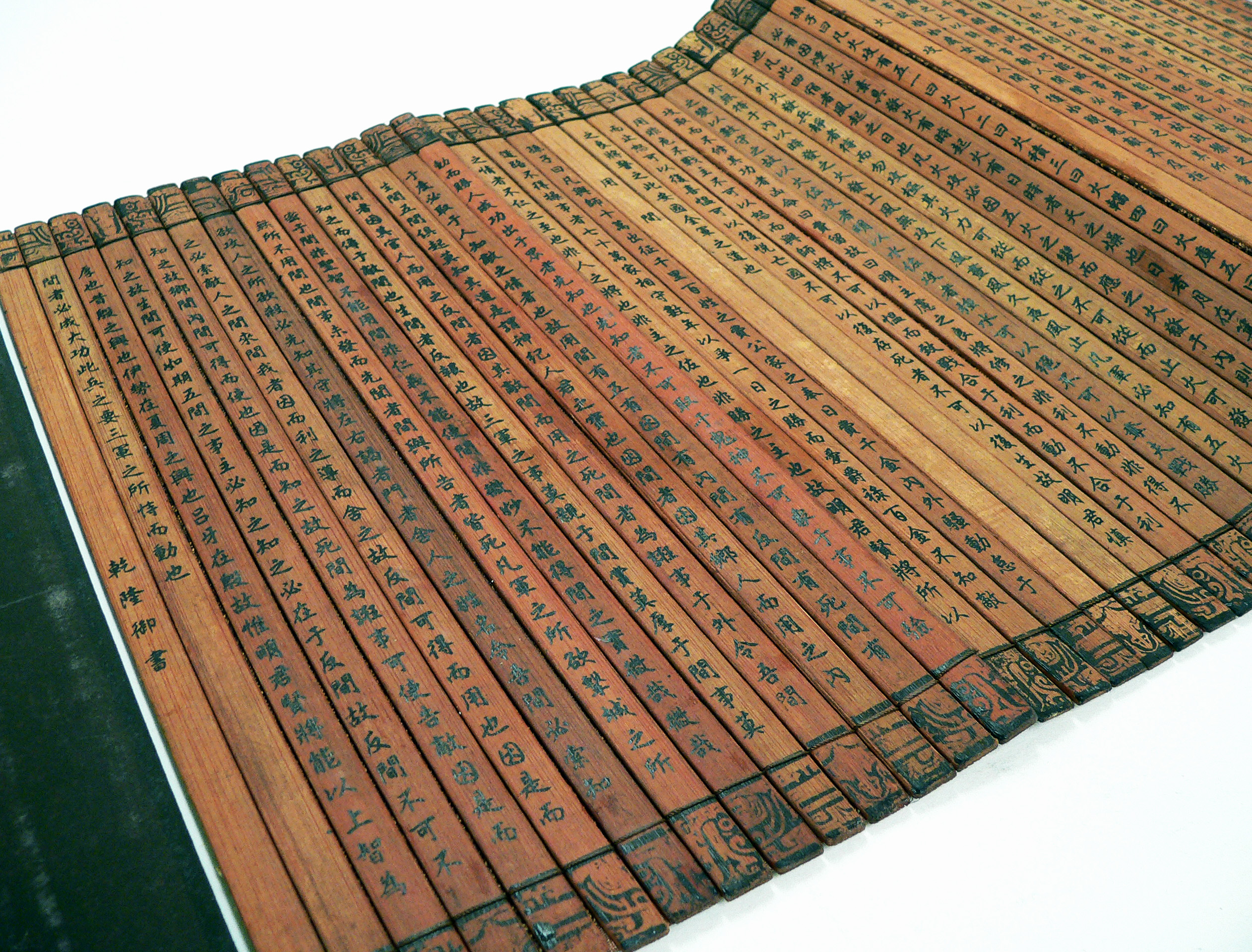
Scholars of Sun Tzu studies in Europe assert that academic research on Sun Tzu’s “The Art of War” is most profound in Britain, and the English translations published by the UK and the US have had the greatest influence. Over the past century, a total of 33 English translations of “The Art of War” have emerged. Since the late 1980s, Western interest in Chinese culture has been growing, and the profound philosophy and fundamental principles of “The Art of War” have been widely adopted in Western countries. In just twenty years, 21 English translations have appeared.
In 1905, the first English translation of “The Art of War” was published in Tokyo, Japan, translated by Captain E.F. Carus-Wilson of the Royal Cavalry Corps. This translation was based on a Japanese version of “The Art of War,” and Carus-Wilson received assistance from the Japanese during the translation process.
In 1908, Carus-Wilson retranslated and published “The Art of War,” which was published by John Murray in London and printed by the Edinburgh Publishing House. The cover title of the book was “The Art of War,” with the subtitle “A Classic of Far Eastern Military Studies,” and the translator’s name was noted with “Based on Chinese Translation.” This English translation includes both Sun Wu and Wu Qi’s military strategies and is supplemented with a detailed English index at the end of the book. Overall, due to the translator and reviewer both being military personnel, the modified translation is relatively complete.
Scholars have praised Carus-Wilson’s revised translation for reflecting a young British officer’s reverence for ancient Chinese military studies and his keen awareness of the role of Sun Wu’s military strategies in modern warfare. As stated in his preface, the principles demonstrated in the ancient Chinese military masterpiece are eternal and immutable, having become maxims. Therefore, the value of this modified English translation should be acknowledged.
In 1910, “The Art of War – The World’s Oldest Military Work” was published in Shanghai and London, translated by Lionel Giles, which can be considered an accurate translation. Giles was an assistant curator of the Oriental Manuscripts Department at the British Museum in London and proficient in Chinese. He translated a completely new Chinese version of “The Art of War” based on various Chinese versions of “The Art of War” in the British Museum. In 1944, it was included in the compilation of military thought works in the United States, titled “Origins of Strategy,” published by Thomas R. Phillips, and has been continuously reprinted to this day. In the late 1970s, with the support and sponsorship of British Asian novelist James Clavell, Giles’s “The Art of War” was republished.
During World War II, two more English translations of “The Art of War” were published, by Major Marcel Cox and Professor Suddarth. The most important contemporary English translation of “The Art of War” comes from the hands of Brigadier General Samuel B. Griffith, published in London, Oxford, and New York in 1963, titled “Sun Tzu – The Art of War.” By 1982, it had been reprinted 12 times, with a pocket edition released in 1971.
From the perspective of language comprehension and content annotation, this translation is considered the best English translation of Sun Tzu’s “The Art of War” within the European language area and is the most authoritative English translation of Sun Tzu’s work. It has been cited and translated into other languages by well-known Western figures and military academies and has become popular in Western countries. It was included in the UNESCO series of translations by Chinese representatives. It has been reprinted several times and remained a bestseller on Amazon for over 100 weeks.
British strategist Liddell Hart specifically wrote a preface for Griffith’s translation. He commented, “For a long time, we have needed to publish a new complete translation of Sun Tzu’s work, which could better explain his thoughts. This need has become even more urgent after the development of weapons of mass destruction capable of genocide. Especially with China becoming a military power under Mao Zedong’s leadership, this is particularly important. It is fortunate that this work is being translated by someone like Griffith, who is not only knowledgeable about military matters but also understands Chinese and the Chinese way of thinking.”
In the past twenty years, there has been a new wave of translations and publications of “The Art of War” in English. In 1999, Gary Gagliardi published “The Art of War: The Words of Sun Tzu,” which was designated as a model for guiding the translation of other Asian language works into English and won the Independent Publisher Multicultural Non-Fiction Book Award. In 2002, renowned British sinologist John Minford published his translation of “The Art of War.” In 2007, sinologist Victor Mair published a new translation of “The Art of War.”
If you want to know the best version of Sun Tzu’s Art of War in English, click on the link to read this article.